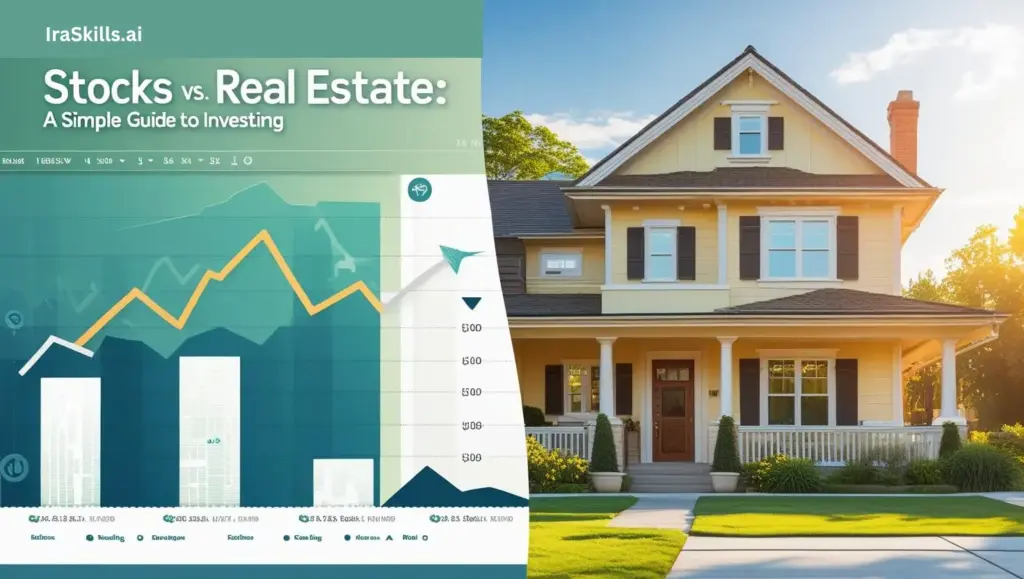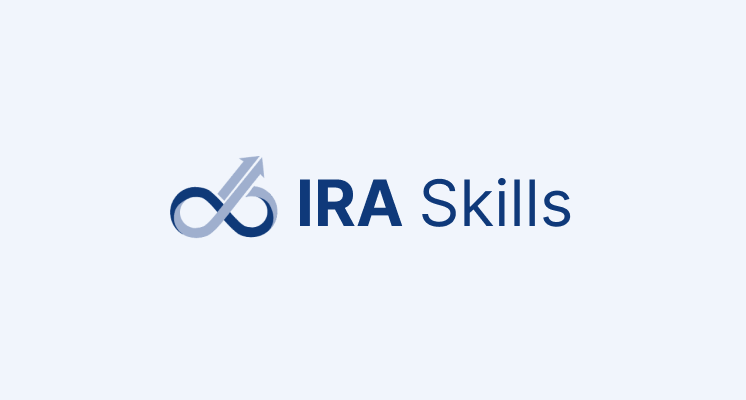Investing is a way to grow your money over time. Many people debate whether it is better to invest in stocks, real estate, or a mix of both. In this guide, we look at each option and explain what might be best depending on your age and goals.
Understanding Stocks
When you buy stocks, you buy a small piece of a company. This means you share in its earnings and growth. Stocks are easier to buy and sell quickly, which makes them very flexible. Many people appreciate stocks because they can invest even with a small amount of money.
Good points about stocks:
- Easy to Buy and Sell: Stocks can be traded during market hours, so if you need cash, you can usually get it fairly fast.
- Chance for Big Gains: Some companies can grow quickly. If the company does well, your stock value might increase a lot.
- Diverse Choices: You can invest in different sectors like technology, healthcare, or energy. This makes it possible to spread out the risk.
- Low Starting Cost: You can start investing in stocks with little money and even buy pieces of a stock with fractional shares.
Things to watch out for with stocks:
- Price Fluctuations: Stock prices can jump up and down quickly. This means you might see large changes day to day.
- No Physical Asset: Unlike buying a house or land, stocks are digital. Some people feel more comfortable having something tangible.
- Emotional Ups and Downs: Watching the market can be stressful if you see your investments drop drastically.
In short, stocks are best if you are comfortable with ups and downs and you plan to invest for a long time.
Understanding Real Estate
Investing in real estate means buying property. This might be a home, an apartment, or a commercial building. Real estate is something you can see and touch, which many people find reassuring. It also gives you the chance to earn money through rent or by selling it later at a higher price.
Good points about real estate:
- Physical Ownership: Owning property feels real. You can improve the property, take care of it, and even use it in different ways.
- Steady Rental Income: When you rent a property, you can get regular income each month.
- Protection Against Inflation: As things get more expensive, rent and property prices usually increase.
- Leverage and Tax Benefits: Often, you can borrow money to buy property. There are also some tax breaks available to property owners.
Challenges with real estate:
- Hard to Sell Quickly: It usually takes time to find a buyer or renter, and there are extra costs like fees or taxes.
- High Entry Money: Buying property usually requires a larger sum of money at the start, along with maintenance and other costs.
- Management Needs: Owning property can involve a lot of work, like repairs, dealing with tenants, or handling legal issues.
- Local Market Risks: The value of real estate depends largely on the local economy. A good or bad local market can make a big difference.
Real estate is best if you are looking for stability and a steady income, and if you are willing to manage a physical asset.
Why Combine Both?
Many experts believe it is wise not to put all your money in one type of investment. By investing in both stocks and real estate, you can balance risk and reward. Here’s how it works:
- Diversification: If one market is having a tough time, the other might be doing well. For example, if the stock market falls, rental income from a property can help.
- Balance: Stocks may offer quick and higher returns, while real estate typically brings steady income.
- Flexibility: With a mix, you are not completely dependent on one market. Your investments support each other when times change.
A balanced portfolio means you are not overly exposed to the problems of one market. This balance can help you grow your money steadily over time.
How to Invest According to Your Age
Your age has a big influence on how you should invest. Generally, younger people can take more risks because they have more time to recover from any losses. Older investors usually need to focus on protecting what they have built up. Here are some simple guidelines:
Your 20s and Early 30s: Growth Comes First
At a young age, you have plenty of time to let your money grow. This means you can afford to take more risks by investing more in stocks.
- Plan: You can try an 80% stock and 20% real estate mix.
- Tip: Start with saving an emergency fund and paying off any high-interest debt before investing heavily.
- Example: Imagine Rahul, who is 28 years old. He starts with a mix of fast-growing stocks and also saves some money to eventually buy a property. His main focus is on growth because he has time on his side.
Your 40s: A Mix of Growth and Security
In your 40s, you are likely more stable in your career and life. It may be a good time to balance your investments between growth and security.
- Plan: You might lean toward a mix of 60% stocks and 40% real estate.
- Tip: As your responsibilities grow (like family or education costs), having some stable income from real estate can help.
- Example: Consider Meera, who at 43 chooses to add a rental property to her portfolio. While she still invests in stocks, the rental gives her extra security and a steady income.
Your 50s and Beyond: Protect What You Have
When you are nearing retirement, preserving your capital becomes very important. At this stage, it makes sense to reduce risk and focus on investments that provide steady income.
- Plan: A typical mix may be 30-40% stocks and 50-60% in real estate or other low-risk assets.
- Tip: This helps ensure that your savings last longer and that you have a reliable income if the market takes a downturn.
- Example: Rajiv, who is 58, starts shifting his investments. He sells off some stocks and buys a commercial property that gives regular rental income, which helps him feel secure as retirement nears.
Conclusion
There is no perfect answer to whether stocks or real estate is the better choice. Each has its own strengths and challenges. By understanding what each investment offers and where you are in your life, you can make choices that fit your needs.
- Stocks provide quick gains and are easier to manage day-to-day, but come with higher ups and downs.
- Real Estate gives you a tangible asset with steady cash flow, though it can be harder to get into quickly.
- A Combined Strategy often gives the best of both worlds: growth opportunities and stability.
The best approach is to know your financial goals and risk tolerance. If you are young, consider leaning more into stocks for growth. As you get older, start to shift toward real estate or low-risk investments that provide income.
Remember, investing is a personal journey. What works for one person might not work for another. Start simple, learn as you go, and adjust as your life changes. With a careful strategy, your investments can grow steadily and support you in every stage of life.

 Login
Login










